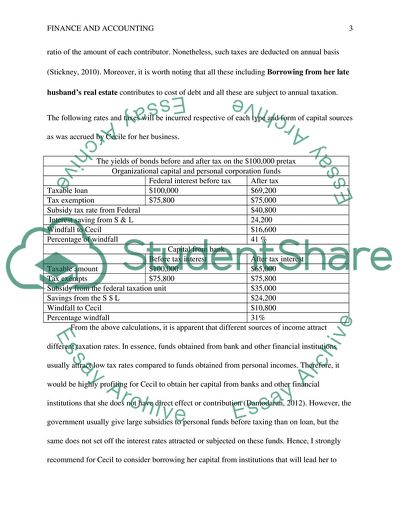Tax memo: Financial Alternatives Coursework Example | Topics and Well Written Essays - 500 words. https://studentshare.org/finance-accounting/1835676-tax-memo-financial-alternatives
Tax Memo: Financial Alternatives Coursework Example | Topics and Well Written Essays - 500 Words. https://studentshare.org/finance-accounting/1835676-tax-memo-financial-alternatives.


